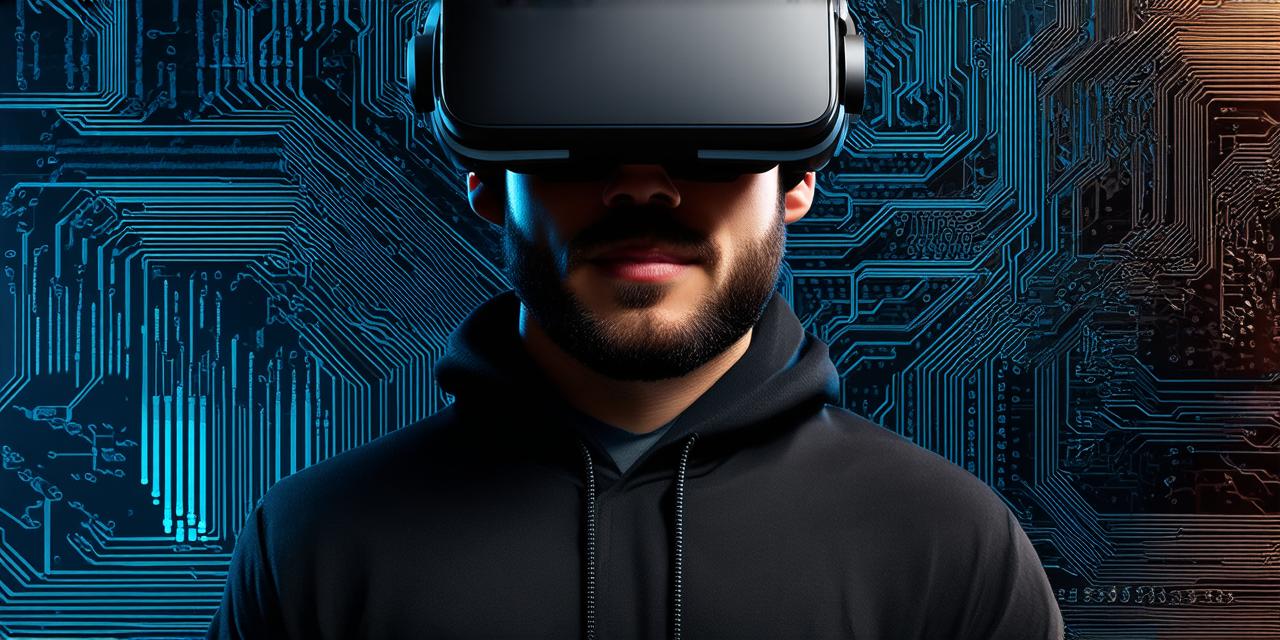Unity Hub:
Unity Hub is a powerful VR development software that allows developers to create VR applications for multiple platforms, including macOS. With Unity Hub, you can build games, educational experiences, and other VR applications with ease. One of the key features of Unity Hub is its cross-platform support, which means you can develop once and deploy your application on multiple devices. Additionally, Unity Hub offers a user-friendly interface that allows developers to easily navigate through the software and create their desired VR experience.
Blender:
Blender is a free and open-source 3D modeling software that is widely used in the gaming industry. It also supports VR development, making it an excellent choice for Mac users. With Blender, you can create 3D models, animations, and simulations for your VR application. The software is highly customizable, which means you can tailor it to your specific needs. Additionally, Blender has a large community of developers who provide support and share resources, making it an excellent choice for beginners.
A-Frame:
A-Frame is a popular web framework that allows developers to create VR applications using HTML, CSS, and JavaScript. It’s a great choice for Mac users because it runs in the browser, meaning you don’t need to install any software on your machine. With A-Frame, you can build games, educational experiences, and other VR applications quickly and easily. Additionally, A-Frame offers a wide range of templates and assets that developers can use to speed up their development process.
Unreal Engine:
Unreal Engine is another popular VR development software that supports macOS. It’s widely used in the gaming industry and offers a wide range of features that make it easy to create immersive VR experiences. With Unreal Engine, you can build games, educational experiences, and other VR applications with ease. The software is highly customizable, which means you can tailor it to your specific needs. Additionally, Unreal Engine has a large community of developers who provide support and share resources, making it an excellent choice for beginners.
HTC Vive Workshop:
HTC Vive Workshop is a free software that allows developers to create and share VR applications for the HTC Vive headset. While it’s not specifically designed for Mac users, it can still be used on a Mac with a few tweaks. With HTC Vive Workshop, you can create games, educational experiences, and other VR applications quickly and easily. Additionally, HTC Vive Workshop offers a wide range of templates and assets that developers can use to speed up their development process.
Choosing the Right VR Development Software:
When choosing the right VR development software for your needs, there are several factors to consider. These include:
-
Compatibility with macOS: Not all VR development software is compatible with macOS, so it’s important to choose one that is. This will ensure that you can run your application on a Mac without any issues.
-
Learning Curve: Some VR development software is more complex than others, which means it may take longer to learn how to use. If you’re new to VR development, it’s important to choose software that is easy to use and has a low learning curve.
-
Cross-Platform Support: If you plan on deploying your application on multiple platforms, it’s important to choose software that supports cross-platform development. This will ensure that your application runs seamlessly on all devices.
-
Customizability: Some VR development software is highly customizable, which means you can tailor it to your specific needs. If you have specific requirements for your application, it’s important to choose software that is highly customizable.
-
Community Support: The community support for a particular VR development software can be an important factor to consider. Some software has a large community of developers who provide support and share resources, making it an excellent choice for beginners.
In conclusion, with the right software in hand, you can create immersive experiences that will captivate your audience. When choosing the right VR development software for your needs, consider factors such as compatibility with macOS, learning curve, cross-platform support, customizability, and community support. By doing so, you’ll be well on your way to creating a VR experience that is both engaging and effective in achieving your goals.
